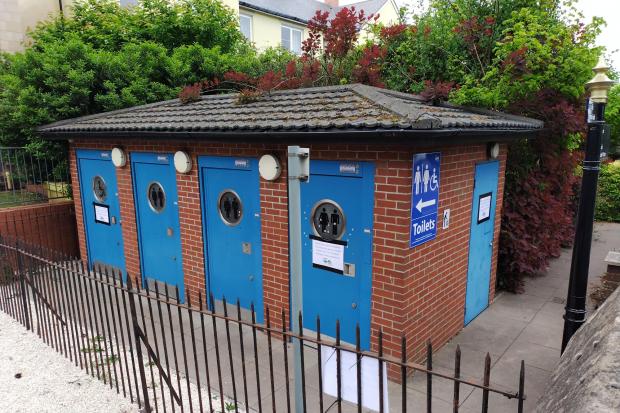Public Toilet Accessibility in the West Midlands
Worcester has emerged as one of the most accessible cities in the West Midlands when it comes to public toilet facilities. Ranking fourth in the region, the city boasts a total of 505 public restrooms. This provides residents and visitors with convenient access, with an average travel time of just 3.8 minutes by car and 38 minutes on foot between each facility. The average distance between these toilets is approximately 3,092 metres, which is considered relatively short compared to other areas.
The West Midlands as a whole stands out nationally for its high availability of public toilets. The region ranks third in the country for accessibility, offering an average travel time of six minutes by car or 60 minutes on foot. This level of convenience supports daily mobility, particularly for individuals with health conditions or accessibility needs.
Sandwell leads the region with the shortest average travel time, at 3.4 minutes by car and 34 minutes on foot. This area is supported by over 1,100 public toilet facilities, making it one of the most well-equipped parts of the region. Coventry and Redditch follow closely behind, with an average distance of around 2,800 metres between restrooms.
Birmingham, the largest city in the region, offers more than 2,400 public toilets. While this is a significant number, the average distance between them is just over 3km, which is longer than some of the smaller towns in the area. Despite this, Birmingham still maintains a relatively high level of accessibility compared to other major UK cities.
Comparison with Other Regions
The data, compiled by Showers To You, highlights the West Midlands’ strong infrastructure in terms of public toilet access. This is especially beneficial for those who rely on such facilities for daily activities. The region also performs well when comparing distances near transport hubs. The average distance between public toilets in these areas is 4,799 metres, which is better than many parts of the country.
In contrast, rural areas like Scotland and Northern Ireland face greater challenges. In Scotland, the average travel time between public toilets is significantly higher, with a 15-minute drive required at 30mph between restrooms. Rural Scotland covers 97% of the country’s land mass and is home to 17% of its population. As a result, the average walking time between toilets in Scotland is around 151 minutes, compared to just 19 minutes in London.
Northern Ireland also lags behind in terms of accessibility. The average distance between public toilets near transport hubs is 9,651 metres, equating to an average drive time of 12 minutes at 30mph or a walking time of two hours, assuming a pace of 20 minutes per mile. These figures highlight the disparities in public toilet availability across different regions of the UK.
Implications for Accessibility and Mobility
The availability of public toilets plays a crucial role in supporting everyday life, especially for people with medical conditions, elderly individuals, or those with limited mobility. The data from the West Midlands suggests that the region is doing relatively well in this regard, with a good balance between the number of facilities and their accessibility.
However, the comparison with Scotland and Northern Ireland shows that there is still room for improvement in certain areas. For instance, the long distances and travel times in rural regions can be a barrier for those who need quick access to restrooms. This highlights the importance of investing in public infrastructure to ensure that all communities have equal access to essential services.
Overall, the findings underscore the need for continued efforts to improve public toilet accessibility, not only in the West Midlands but across the entire UK. By addressing these gaps, local authorities can enhance the quality of life for residents and visitors alike.







